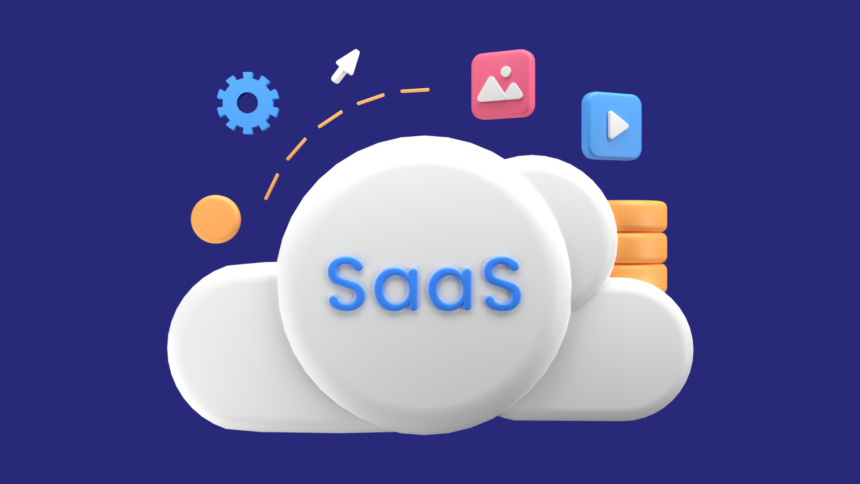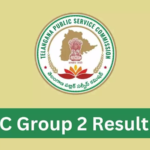Have you ever wondered how companies get software instantly without the hassle of downloads, installations, or endless updates? That’s where SaaS comes into play. Short for Software as a Service, SaaS has revolutionized how we access and use software. It’s a concept that’s reshaped businesses and changed our daily interactions with technology, even if we don’t always realize it. But what exactly is SaaS, and why is it such a big deal?
In this guide, we’ll explore the ins and outs of SaaS, its benefits, drawbacks, and how it’s impacting the future of software. So, buckle up—let’s dig in!
What is SaaS?
SaaS, or Software as a Service, is essentially a software delivery model where software applications are hosted by a third-party provider and made available to users over the internet. Think of it as renting software instead of owning it. Unlike traditional software that you install on your computer, SaaS’s applications are stored in the cloud and accessed via your web browser. Examples include popular services like Google Workspace, Netflix, and Slack.
A Brief History of SaaS
The concept of SaaS has been around since the 1960s when mainframe computers allowed companies to share processing power. However, the modern SaaS’s we know began to take shape in the late 1990s with the rise of the internet and cloud technology. Companies like Salesforce led the charge, creating a new software model that prioritized accessibility and scalability.
How Does SaaS Work?
SaaS providers host the software on their own servers, handling all the back-end infrastructure, maintenance, and updates. This means that as a user, you simply log in and start using the software without worrying about technical details. Here’s how it typically works:
- Sign Up: Users subscribe to the service, usually paying a monthly or annual fee.
- Access: Once subscribed, users can log in from any internet-enabled device.
- Updates: Providers automatically roll out updates and improvements without requiring user intervention.
- Support and Maintenance: The provider takes care of all maintenance and troubleshooting.
Benefits of SaaS
There’s a reason SaaS has taken the tech world by storm. Here are some perks that make SaaS’s an attractive option:
- Cost-Effective: SaaS’s often reduces the need for expensive hardware and upfront licensing fees. You pay as you go, making it a more manageable expense.
- Scalability: Need more storage or additional features? With SaaS’s, you can easily scale up or down based on your needs.
- Accessibility: SaaS’s is accessible from any device with internet access, giving users flexibility in where and how they work.
- Automatic Updates: Forget manual updates. SaaS’s providers handle it all, ensuring users always have the latest version.
- Reduced IT Burden: Since providers handle the technical aspects, companies don’t need to invest heavily in IT support for the software.
Challenges of SaaS
While SaaS has a ton of benefits, it’s not without its drawbacks. Let’s look at some common challenges:
- Dependence on Internet: No internet, no SaaS’s. If you’re in an area with poor connectivity, it can be frustrating.
- Data Security: Storing data on third-party servers can raise security concerns, especially for businesses handling sensitive information.
- Limited Customization: Since SaaS’s apps cater to a wide audience, they may not be customizable to fit every business’s unique needs.
- Subscription Fatigue: Monthly or annual fees can add up, especially for companies that rely on multiple SaaS’s applications.
Popular Examples of SaaS Applications
From communication tools to streaming services, SaaS applications are everywhere. Here are a few you’re probably familiar with:
- Google Workspace: For business email, document sharing, and collaboration.
- Slack: A favorite communication tool for teams.
- Netflix: A classic example of SaaS’s in the entertainment sector.
- Salesforce: The go-to platform for customer relationship management (CRM).
- Dropbox: A cloud storage service accessible from any device.
SaaS vs. Traditional Software
To better understand SaaS’s, let’s compare it with traditional software models. Unlike traditional software that requires installation and regular updates, SaaS’s eliminates these hassles by offering direct web access. Here’s a quick breakdown:
| Feature | Traditional Software | SaaS |
|---|---|---|
| Installation | Required | Not needed |
| Updates | Manual | Automatic |
| Cost | Upfront license fee | Subscription-based |
| Accessibility | Device-specific | Any internet-enabled device |
Why SaaS is Growing in Popularity
The convenience, cost-effectiveness, and accessibility of SaaS make it a powerful model for both users and providers. As companies look for ways to streamline operations and cut costs, SaaS’s is becoming a popular choice. The cloud-first approach has also become a priority for companies of all sizes, leading to the rapid adoption of SaaS’s solutions.
The Future of SaaS
What’s next for SaaS? Experts predict continued growth in areas like Artificial Intelligence (AI), Machine Learning (ML), and the Internet of Things (IoT). SaaS’s providers are exploring ways to integrate advanced technologies to offer smarter, more personalized solutions. Additionally, security will remain a top priority as providers seek to build more secure, privacy-focused platforms.
Who Should Consider Using SaaS?
SaaS can benefit a wide range of users, from small startups to large enterprises. If you’re looking for a flexible, cost-effective solution that doesn’t require extensive IT resources, SaaS’s is likely a good fit. It’s especially valuable for teams that need to collaborate remotely, as SaaS’s allows for easy access from anywhere.
How to Choose the Right SaaS Provider
Choosing the right SaaS provider involves considering several factors:
- Reliability: Look for providers with a strong uptime record.
- Security: Ensure that the provider has robust security protocols in place.
- Scalability: Choose a provider that can grow with your needs.
- Support: Check for reliable customer support options.
Read More: Washington Post : Democracy’s Death in Darkness The Erosion of Editorial Independence
Conclusion
In today’s fast-paced digital world, SaaS has changed how we think about software. By offering accessible, affordable, and easy-to-manage solutions, SaaS’s has become a go-to model for businesses and individuals alike. While there are challenges, the benefits often outweigh them, making SaaS’s a great option for those seeking flexibility and cost savings.










